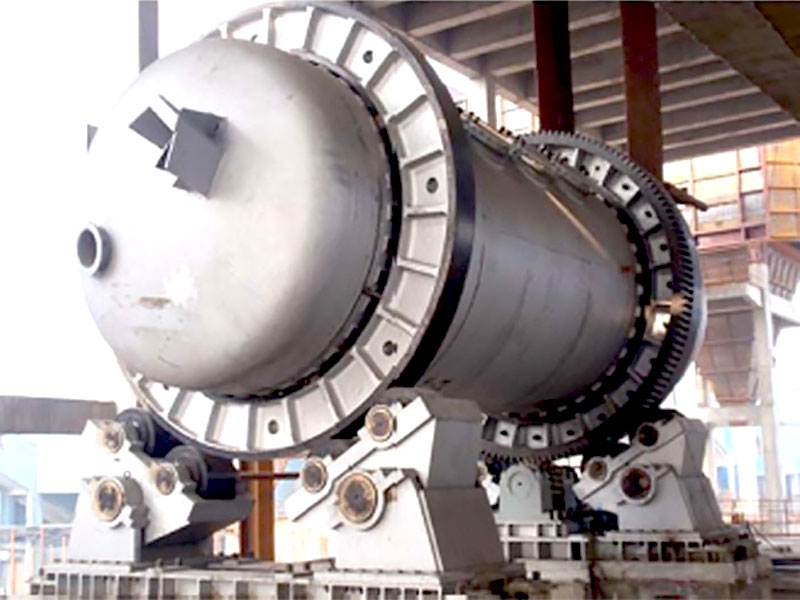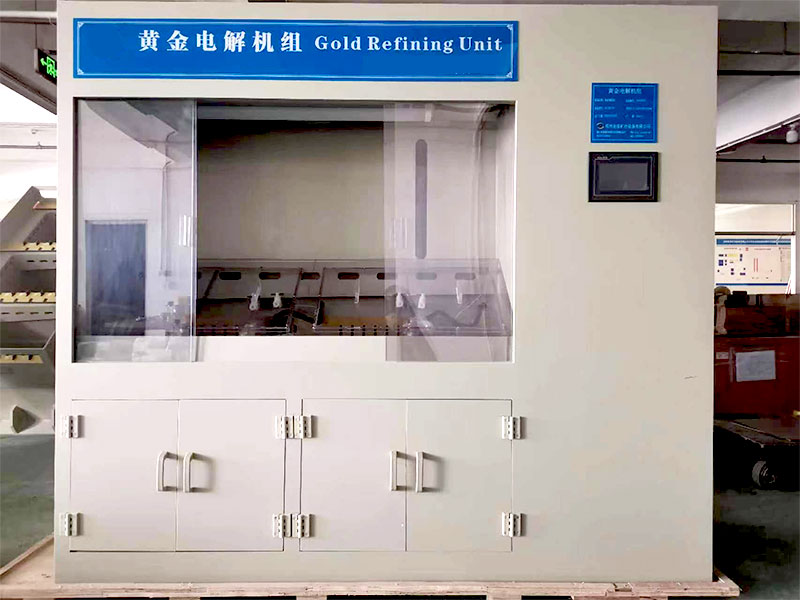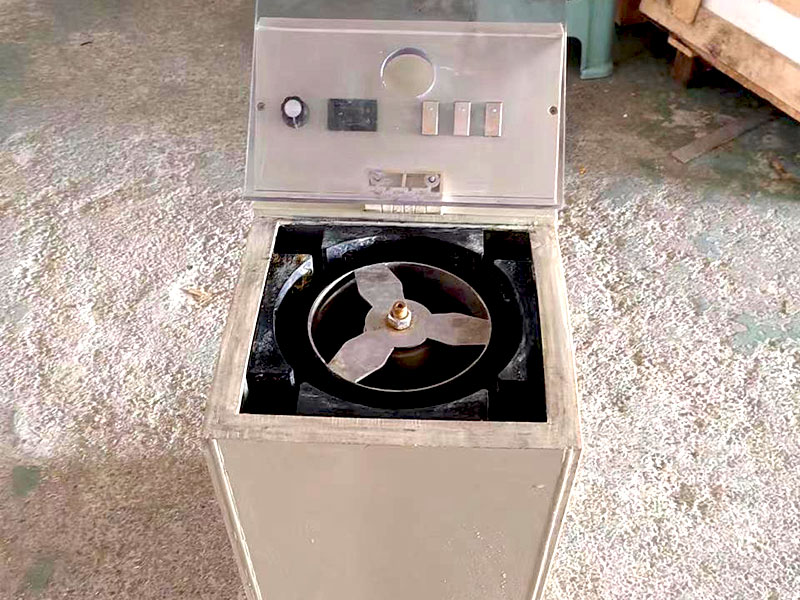refining gold from computer parts


Refining Gold from Computer Parts A Step-by-Step Guide
The process of refining gold from computer parts has gained popularity among hobbyists and professionals alike, as electronic waste contains valuable metals. Gold is commonly used in circuit boards, connectors, and other components due to its excellent conductivity and resistance to corrosion. This article provides a comprehensive overview of how to effectively and safely refine gold from computer parts.
Understanding the Process
Refining gold from computer parts involves several steps, including disassembly, chemical treatment, and final refining. The primary aim is to extract pure gold while minimizing waste and environmental impact.
Step 1: Disassembling the Computer Parts
Before any refining can occur, the computer components need to be dismantled.
- Components to Target: Look for circuit boards, gold-plated connectors, and CPUs. These components often contain a significant amount of gold.
- Tools Needed: Basic tools such as screwdrivers, pliers, and wire cutters will help you carefully disassemble the parts without damaging the components.
Step 2: Collecting Gold-Bearing Materials
Once the components are disassembled, the next step is to separate the gold-bearing materials.
- Identify Gold-Plated Areas: Focus on parts that are visibly gold-plated. This includes edges of circuit boards and the pins of connectors.
- Use Safety Gear: Always wear gloves and safety goggles when handling electronic waste to protect yourself from potentially hazardous materials.
Step 3: Chemical Treatment for Gold Extraction
The most common methods for extracting gold from electronic parts involve chemical solutions. One popular method is using aqua regia, a mixture of hydrochloric acid and nitric acid.
- Preparation: In a well-ventilated area, carefully mix three parts hydrochloric acid with one part nitric acid. This mixture is extremely corrosive, so handle with caution.
- Dissolving Gold: Place the gold-plated parts into the solution. The acid will dissolve the gold, leaving behind other materials.
Step 4: Precipitating the Gold
After the gold has been dissolved, the next step is to precipitate it from the solution.
- Using a Reducing Agent: Commonly, sodium metabisulfite is added to the solution. This chemical will react with the gold chloride, resulting in pure gold being precipitated out of the solution.
- Filtration: Once the reaction is complete, filter the mixture to separate the gold precipitate from the liquid.
Step 5: Refining the Gold
The precipitated gold will still contain impurities and needs further refining.
- Washing: Rinse the gold powder with water to remove any residual chemicals.
- Melting the Gold: Place the cleaned gold powder into a crucible and melt it using a propane torch or a furnace. This process will yield pure gold ingots.


Safety Considerations
Refining gold from computer parts involves handling hazardous chemicals and materials. Here are some safety tips:
- Work in a Well-Ventilated Area: Always perform the chemical processes outdoors or in a well-ventilated space to avoid inhaling toxic fumes.
- Wear Protective Gear: Use gloves, goggles, and masks to protect yourself from chemical splashes and fumes.
- Proper Disposal: Dispose of any waste materials according to local regulations to minimize environmental impact.
Refining gold from computer parts can be a rewarding endeavor, both economically and environmentally. By following proper safety measures and the outlined steps, you can successfully extract and refine gold from electronic waste. As technology continues to evolve, more individuals are turning to recycling methods, reducing waste and recovering valuable resources from discarded electronics. Whether for personal use or as a small-scale business, this process offers an exciting way to engage with valuable materials hidden in everyday technology.















